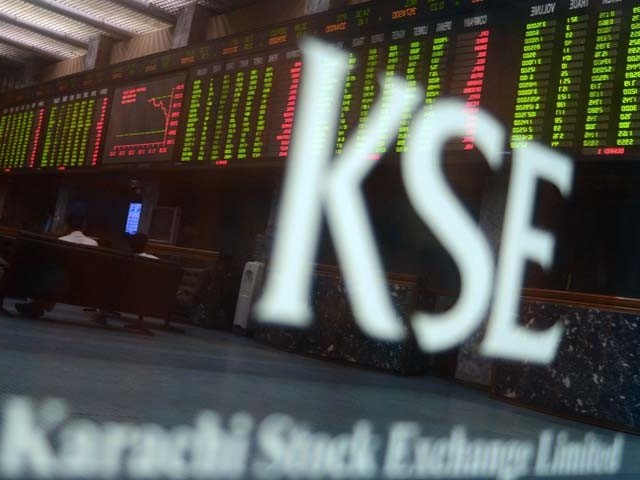Pakistan Stock Exchange (PSX) remained bearish for the fourth consecutive week amid rupee’s continuous depreciation, depleting foreign exchange reserves, domestic political turbulence and economic uncertainty, with the benchmark KSE-100 Index shedding 1,354.31 points (-3.02 percent) to close at 43,486.5 points.
Overall, the benchmark index has shed 3,114 points during the last four weeks. During the previous week, the benchmark index lost around 2,000 points during the first three sessions. However, the last two sessions cumulatively added 623 points, helping the index trim some of the losses, on the back of value hunting of attractive stocks amid news of highest-ever remittances during April 2022.
The record remittances rejuvenated investors’ interest, as they were continuously looking for some positivity on the economic front. They even downplayed the fresh depreciation of the local currency that stood at an all-time low against the US dollar on Friday, and resumed the cherry-picking of stocks. Remittances in April crossed the $3 billion mark for the first time in history, reaching $3.1 billion and extending support to foreign exchange reserves and rupee against the US dollar.
According to statistics released by the State Bank of Pakistan (SBP) on Friday, remittances grew by 7.6 percent during the first 10 months (July-April) of the current fiscal year 2021-22 to reach $ 26.1 billion as compared to $24.22 billion during the same period of the last financial year 2020-21.
Moreover, the investors welcomed the news of upcoming funds from the Asian Development Bank (ADB), worth $2.5 billion for the fiscal year 2022-23, out of which $1.5-2 billion can be available in the ongoing calendar year.
However, the economy has been facing daunting challenges on fiscal and external deficits, coupled with elevated trade deficit and high oil prices mounting pressure on the central bank’s forex reserves. The fears of further deterioration in forex reserves held by the central bank are stoking economic uncertainties and demoralising investors. The total liquid foreign exchange reserves held by the country dropped to their lowest level since December 2019 at $16.4 billion in the week that ended May 6, from $16.5 billion a week earlier. The central bank’s reserves also decreased to a 23-month low to $10.308 billion, the SBP reported on Thursday last.
The market experts said that there is a need for clarity on the government’s intent of implementing the International Monetary Fund’s (IMF) demand on which the revival of the Extended Fund Facility (EFF) depends. They further said that Saudi Arabia has reportedly tied a $3 billion additional support to the revival of the IMF programme. If the Saudi package is approved and Pakistan succeeds in reviving the IMF facility, that too with minimal terms and conditions, the market may stabilise in coming weeks.
They said, “We believe clarity should emerge next week on certain economic policies which should aid sentiments at the bourse.” They were of the view that the government plans to remove the subsidy on fuel and electricity so as to gain IMF approval, which will be a positive for the market.
During the previous week, average daily traded volumes increased 13 percent on a week-on-week basis to 274 million shares, while average daily traded value rose 21 percent on a week-on-week basis to $43 million. Foreign selling came in at $1.88 million. On the local front, buying was reported by banks ($16.3 million), followed by other organisations ($1.5 million).
In terms of sectors, positive contribution came from sugar and allied industries (9 points) and miscellaneous (1 point), while negative contribution came from banks (351 points), cement (211 points), fertilizer (179 points), technology and communication (68 points) and power generation (63 points).






















